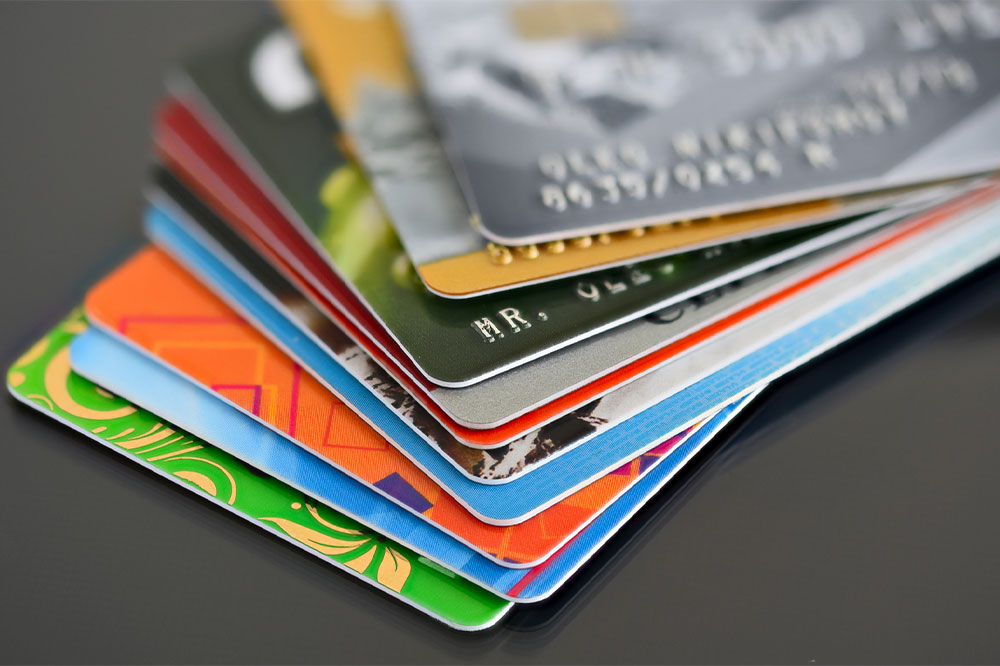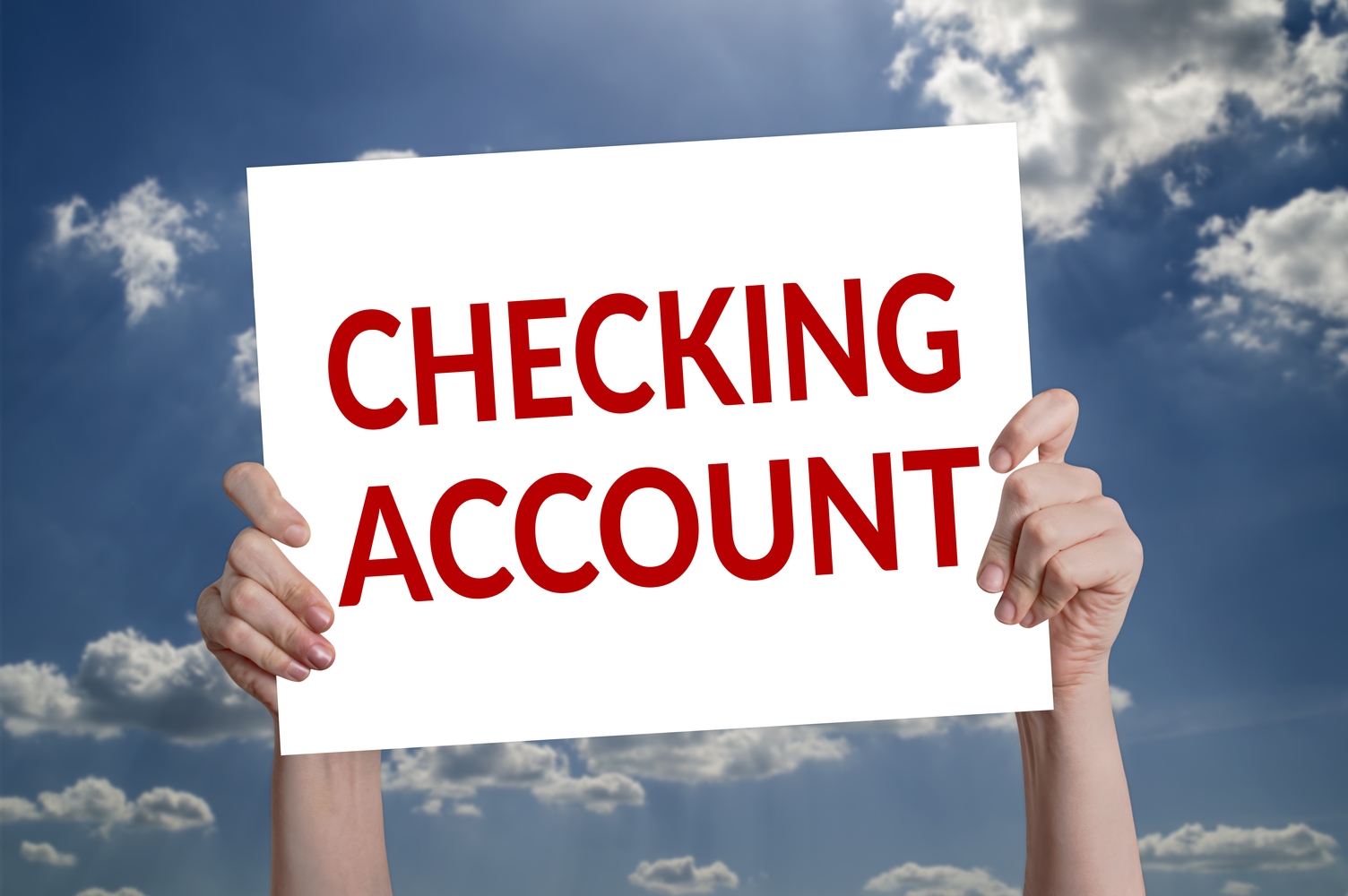Comprehensive Guide to Efficient Management of Direct Deposit Bank Accounts
This comprehensive guide explores the advantages of managing direct deposit bank accounts, including how they work, setup requirements, and best practices. Learn how both individuals and businesses can benefit from automatic, secure electronic transfers, enhancing financial efficiency and security. Discover essential tips for smooth transactions, minimizing errors, and leveraging the speed and convenience of direct deposit services to optimize your financial management and peace of mind.

Comprehensive Guide to Efficient Management of Direct Deposit Bank Accounts
In today's rapidly advancing financial landscape, managing your bank accounts effectively is crucial for ensuring seamless transactions and maintaining optimal cash flow. One of the most efficient methods adopted by individuals and businesses alike is the use of direct deposit bank accounts. This service streamlines the transfer of funds, providing a secure, swift, and cost-effective way to handle payments and deposits electronically. In this comprehensive guide, we will explore everything you need to know about managing direct deposit bank accounts, including how they work, their benefits, the requirements for sending and receiving payments, and best practices to maximize their benefits.
A direct deposit bank account simplifies financial transactions by enabling automatic electronic transfers, eliminating the need for physical checks or cash. This method has become increasingly popular due to its convenience and efficiency. Whether you're an employee receiving your salary, a business processing payments, or an individual managing personal finances, understanding how to properly manage a direct deposit account can significantly enhance your financial operations.
Most organizations and professionals favor direct deposit accounts for their convenience, speed, and straightforwardness. These accounts facilitate automatic, secure transfers that require minimal manual intervention. Engaging in direct deposit transactions not only saves time but also reduces paperwork, lowers the risk of errors, and enhances financial security.
Key Requirements for Sending and Receiving Payments via Direct Deposit
Starting with a direct deposit account involves a few basic requirements. These are designed to ensure a smooth and secure transfer process, safeguarding both the sender and the recipient.
Receiving Payments: To receive funds directly into your bank account, you need to provide your payer with your bank details. This typically includes your account number, bank name, branch address, and your account type (such as savings or checking). It's essential to ensure that these details are accurate to prevent delays or errors in transactions.
Sending Payments: When making payments via direct deposit, you need to collaborate with a bank that supports Automated Clearing House (ACH) transfers—an electronic network used for secure funds transfer in many countries. You should gather comprehensive information about your payees, including their bank account numbers, routing numbers, and bank details, which are necessary to facilitate smooth electronic transfer of funds.
Why opt for a direct deposit account?
Many individuals, freelancers, and business owners have shifted towards this method due to its numerous advantages. It ensures that funds are deposited automatically, even when you're busy or traveling, saving you from manual deposits or check handling. Additionally, the process helps in minimizing the risk of fraud, as the transfer details are securely processed through bank channels.
Another significant benefit is the speed—funds usually reflect in the recipient's account within a few hours or by the end of the business day, making it ideal for time-sensitive payments. The transaction history is recorded digitally, providing easy access for audit and record-keeping purposes. This method also reduces dependency on physical checks, which can be lost, stolen, or delayed in transit, thereby enhancing your overall financial security.
Furthermore, managing a direct deposit account promotes better financial planning. With automatic transactions, it becomes easier to schedule payments such as bills, rent, or loan installments, ensuring timely payments every month. This consistency helps in maintaining good credit scores and building a reliable financial reputation.
In conclusion, a direct deposit bank account is an invaluable tool for anyone looking to optimize their financial transactions. From individual employees to large enterprises, the benefits of automatic processing, enhanced security, and convenience make this method a preferred choice in modern banking and business operations.
To get started, ensure that your bank supports ACH transfers, gather accurate payee information, and communicate clearly with your bank or payment provider to streamline your direct deposit setup. Regularly monitor your account statements to verify transactions and maintain accurate records for your financial management needs.





